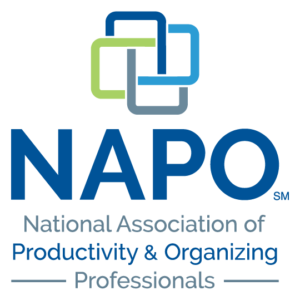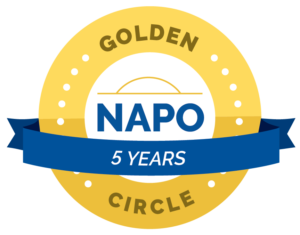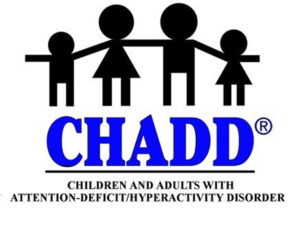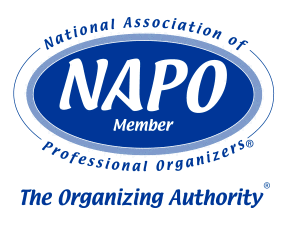Tomorrow.
Next week.
Next month.
Now.
Never.
Time Blindness: The lack of awareness of the passing of time.
Although I work primarily with clients that struggle with ADHD, almost everyone has struggled with time blindness at some point.
In this 7:38 video about ADHD and time blindness, Dr. Russell A. Barkley highlights a few key points about time blindness and ADHD, but I find them universally applicable:
“What is the purpose of the frontal lobe to humans? It is to organize behavior across time in anticipation of what is coming at you. The future.”
“Now is more important than what you are holding in the future.”
“The further out the event lies, the less they are capable of dealing with it” (speaking of people diagnosed with ADHD).
What does time blindness look like?
- Company is coming in three weeks and there is a laundry list of things that need to be done. But, it’s three weeks away, so what’s the hurry? Time blindness convinces us we have plenty of time, but when the company is two days away, there literally isn’t the appropriate time to prepare. Shoot!
- You need to pick up the kids from soccer at 4:00. No worries, it’s only 2:30 and we just need to check e-mail. And Facebook. And the new deals on Zulily. “This will only take a few minutes.” Well, an hour and a half later, you are now late to pick up the kids. Dang!
- The sprinkler system needs to be shut down for the winter. No biggie, it’s September. I’ll call “next week.” “Next week” turns into October, then November, then December. Now the shut-off is buried under 2’ of snow, the service provider is shut down for the winter, and the pipes may have already frozen. Fingers crossed.
What are the consequences?
- Not putting our best foot forward. Being unprepared. Panic.
- Letting down family, friends, and colleagues. Shame. Guilt.
- Expensive repairs. Frustration. Anxiety.
What to do?
- Use a calendar. Keeping important appointments and dates in our heads is a recipe for disaster. Invest in whatever type of calendar works for how your brain works, then ensure all important dates/times are noted, with appropriate reminders (1 week before a birthday, 30-minutes before a conference call, etc.). Be sure to break down big projects into manageable steps and put those steps on the calendar.
- Set timers. Transitions are hard, but especially hard if we struggle with ADHD, so set timers for any situation where an important transition needs to be made: leaving for work, picking up your kids, departing for a flight. You get the picture. If it’s important, set a timer to ensure follow-through. Use any timing device that works for you: timers on the microwave, timers on the oven, timers on your phone, timers on your watch, and my personal favorite the Time Timer.
- Take into account whether or not other people are involved in the process. If someone else needs to be involved, be respectful and conscientious of their time also.
I’ve found the most important investment my clients can make to assist with time blindness is a bunch of analog clocks. There is an innate difference between seeing time pass on an analog clock vs a digital clock. Ensure there is an analog clock anywhere a transition needs to be executed: any highly-trafficked rooms at home or work and especially in the car (a quick stop at Target is almost never a quick stop).
More great stuff on time blindness:
Dr. Ari Tuckman on Time Blindness
Zara Harris, MS, OT, on Time Blindness
Cindy Jobs, COC, ACC
Looking for more information?
Click here for 15-minute organizing tips.
National Association of Productivity & Organizing Professionals, Seattle Chapter Vice-President
International Coach Federation
Institute for Challenging Disorganization
Level I Certificates earned in Chronic Disorganization; ADD; Client Administration; Time Management; Mental Health; and Hoarding.
Level II Specialist Certificates earned in Chronic Disorganization and ADHD












